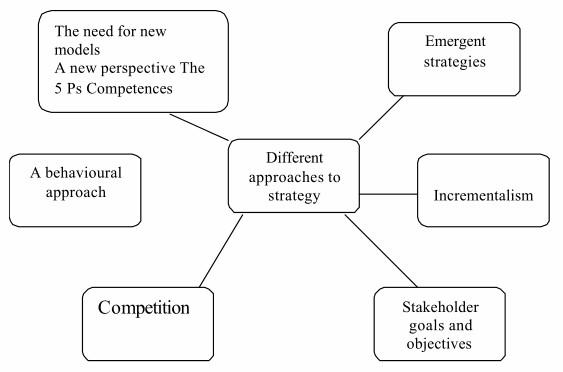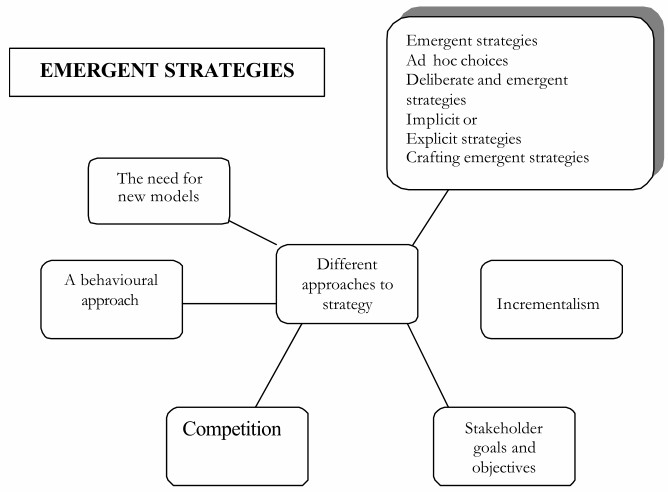The Need for New Models

The example below puts into a radically different perspective the issues raised previously. It will show why the rational model cannot always be trusted.
Example
Honda: Honda is now one of the leading manufacturers of motor- bikes. The company is credit with identifying and targeting an untapped market for small 50cc bikes in the US, which enabled it to expand, trounce European competition and severely damage indigenous US bike manufacturers. By 1965, Honda had 63% of the US market. But this occurred b accident.
On entering the US market, Honda’s planned strategy was to compete with the larger European and US bikes of 250ccs and over. These bikes had a defined market, and we sold through dedicated motorbike dealerships. Disaster struck when Honda’s larger machines developed faults – they had not been designed for the hard wear and tear imposed by US motorcyclists. Honda had to recall the larger machines.
Honda had made little effort to sell its small 50 cc motorbikes – its staff rode them errands around Los Angeles. Sports goods shops and ordinary bicycle and department stores had expressed an interest, but Honda did not want to confuse its image in its ‘target’ market of men who bought the larger bikes.
The faults in Honda’s larger machines meant that reluctantly, Honda had no alternative but to sell the small 50cc bikes just to raise money. They proved very popular with people who would never have bought motorbikes before. Eventually the company adopted this new market with enthusiasm with the slogan: ‘You meet the nicest people on a Honda.’
The 5 Ps: Henry Mint berg’s overview of the work of many writers on strategy suggests five ways in which the term strategy is used. A strategy can be a plan, ploy pattern, position or perspective. They are not mutually exclusive. The strategy had emerged, agent’s managers’ conscious intentions, but they eventually responded to the new situation. ‘
| ‘P’ | Comment |
| Plan | A ‘consciously intended course of action’. |
| Ploy | A manoeuvre in a competitive game. For example a firm might add unnecessary plant capacity. The strategy is not to produce the goods but to discourage a competitor from |
| Pattern | Entering the market. |
| Position | Emergent strategies. |
| Perspective | Environmental fit and relationships with other organizations. A position might be a distinctive niche, whereby the firm makes distinctive products or services or exploits a distinct competence. A unique way of looking at the world, of interpreting information from it, judging its opportunities and choices and acting. Different strategic perspectives might respond to the same environmental stimulus in different ways. |
Competences: The distinctive competence of an organization is what it does well, uniquely, or better than its rivals. For example, for a relatively undifferentiated product like cement, the ability of a maker to run a truck fleet more effectively than its competitors will give it competitive strengths (if, for example, it can satisfy orders quickly).
Strategic opportunities must be related to the firm’s resources. A strategic approach involves identifying a firm’s competences. Members of organizations develop judgments about what they think the company can do well – its core of competence. These competences may come about in a variety of ways.
- Experience in making and marketing a product or service
- The talents and potential of individuals in the organization
- The quality of co-ordination

Ad hoc choices
Definition: Emergent strategies do not arise out of conscious strategic planning, but from a number of ad hoc choices, perhaps made lower own the hierarchy. They may not initially be recognized as being of strategic importance. Emergent strategies develop out of patterns of behavior in contrast to planned strategies or senior management decisions which are imposed from above.

